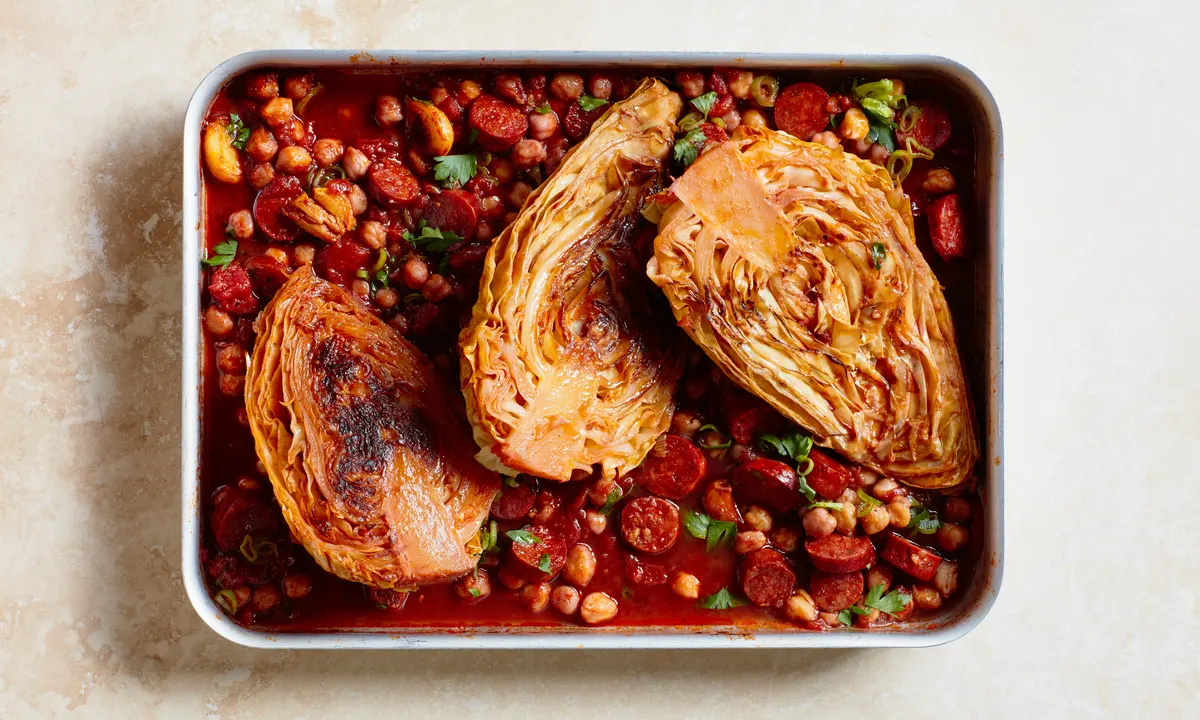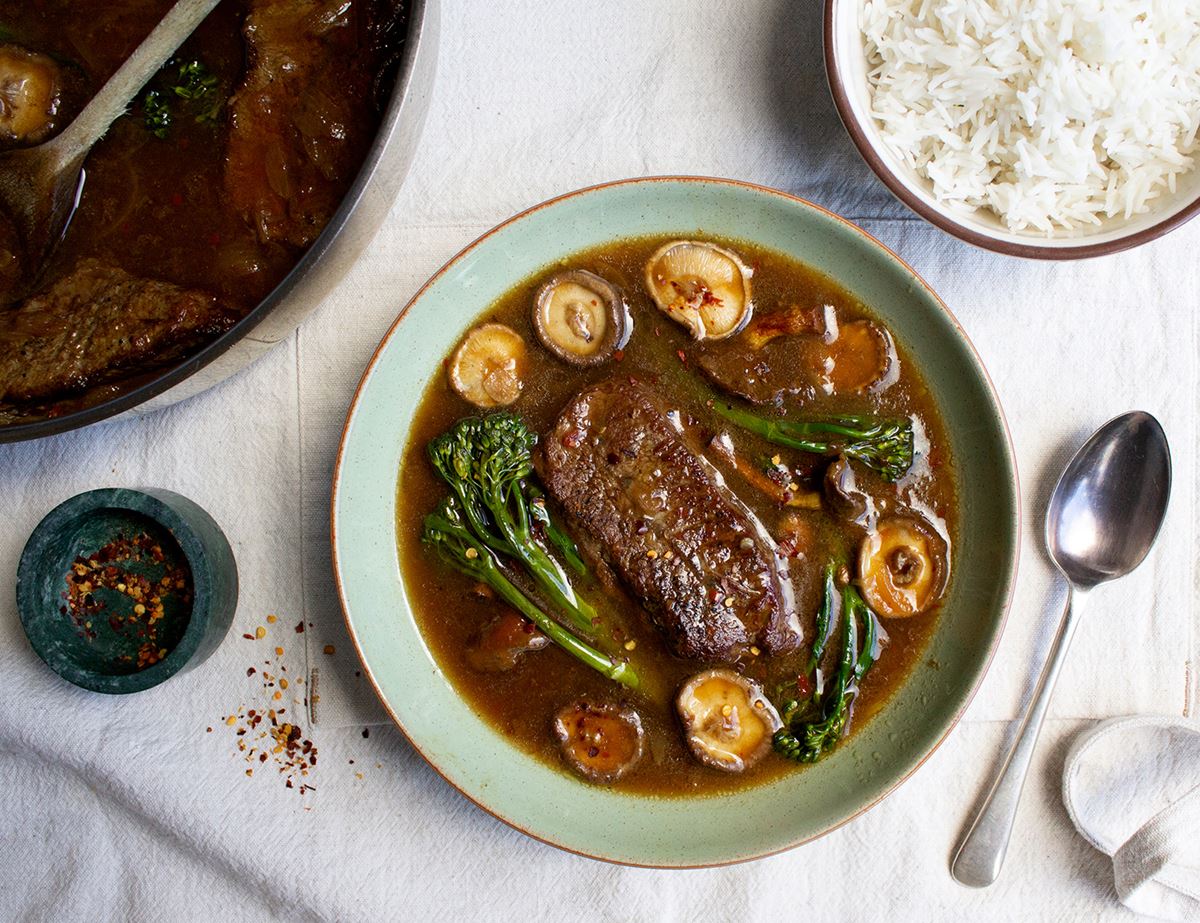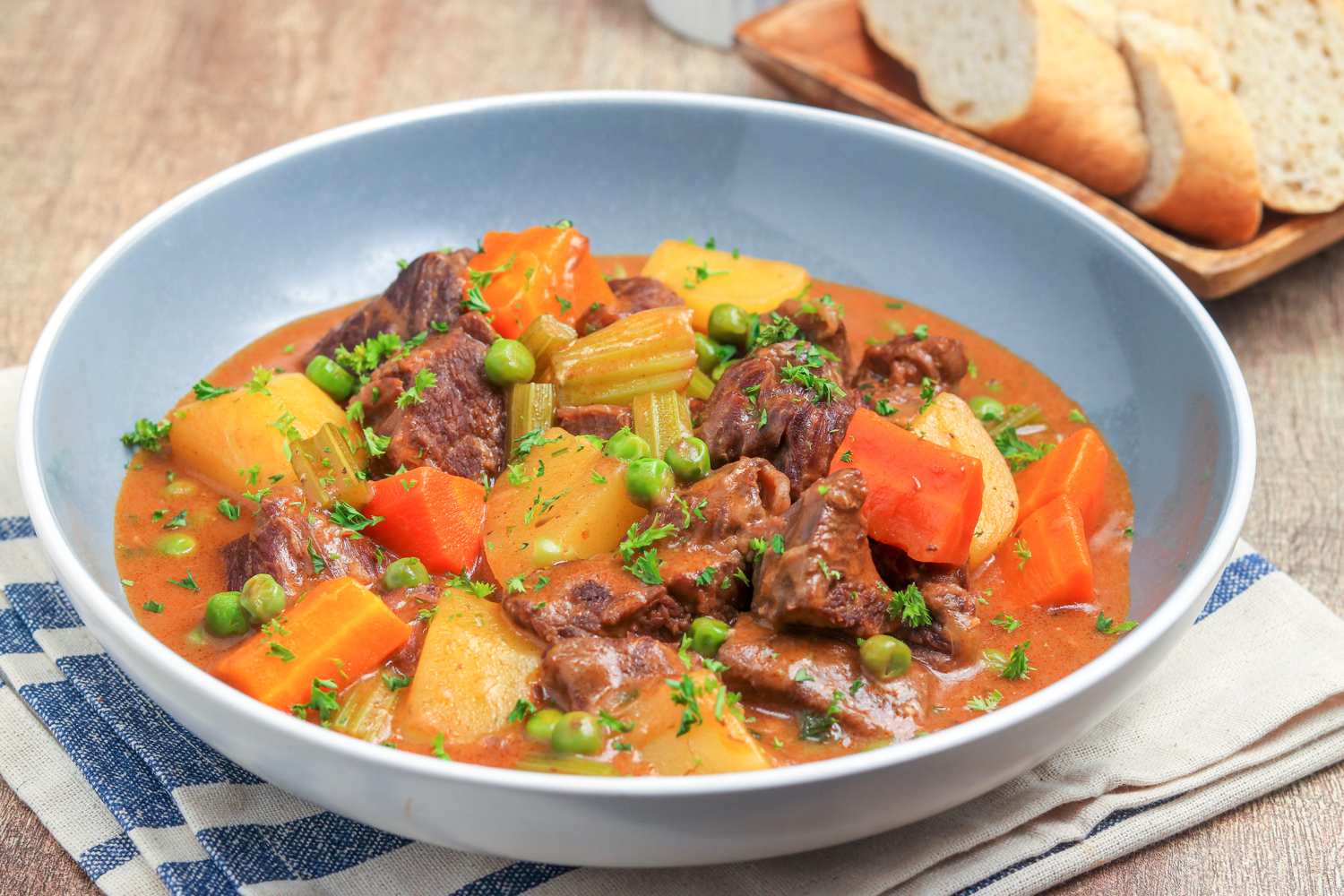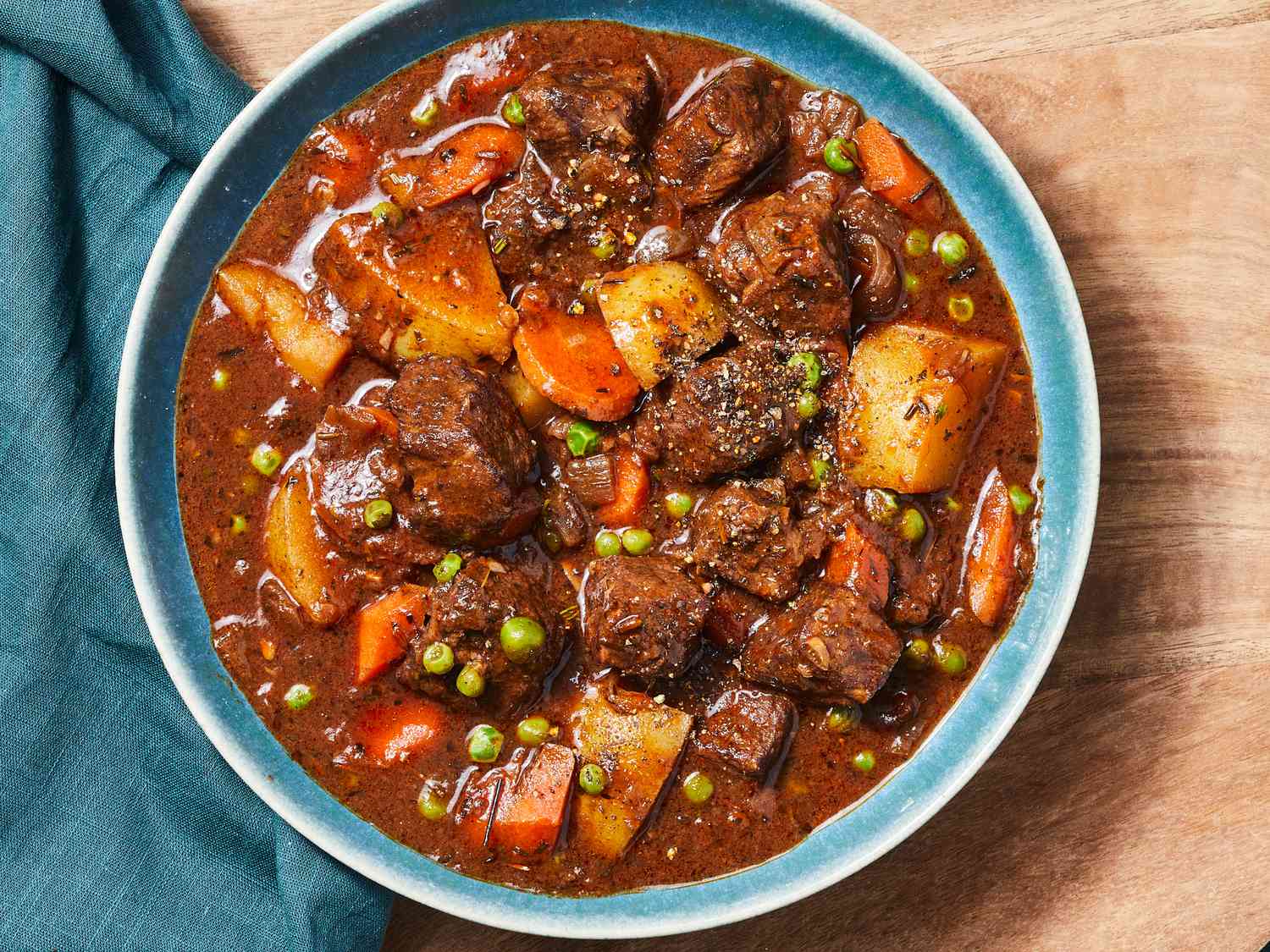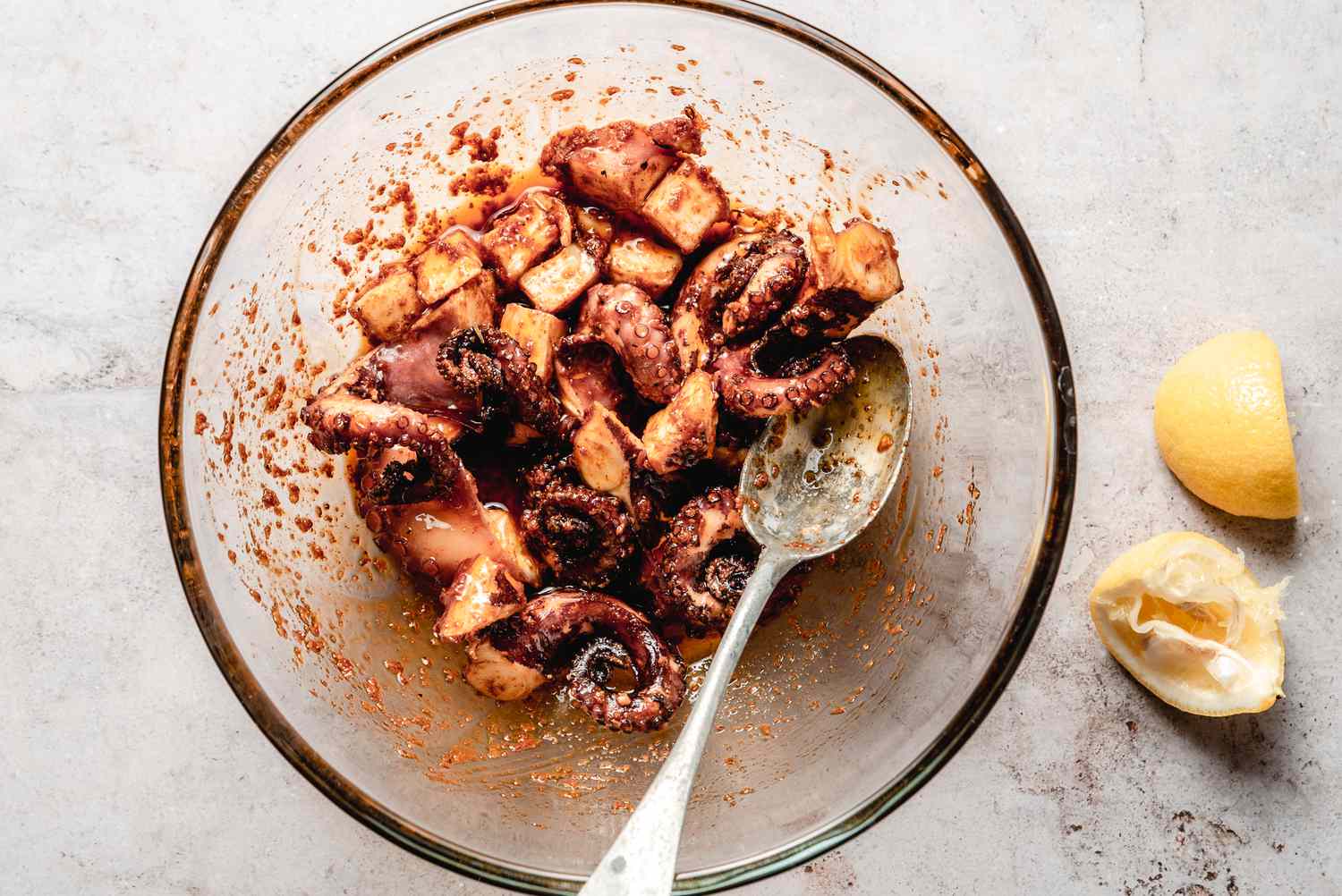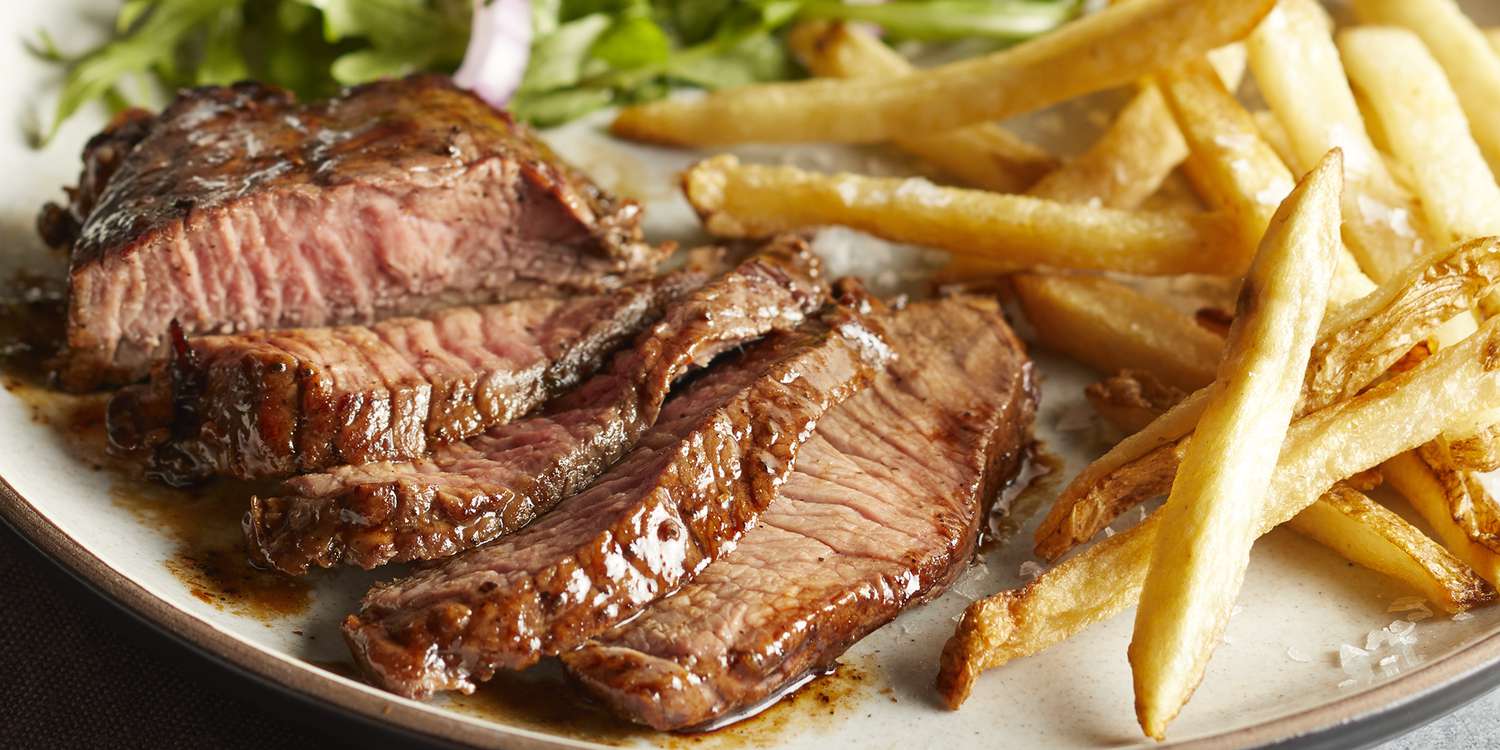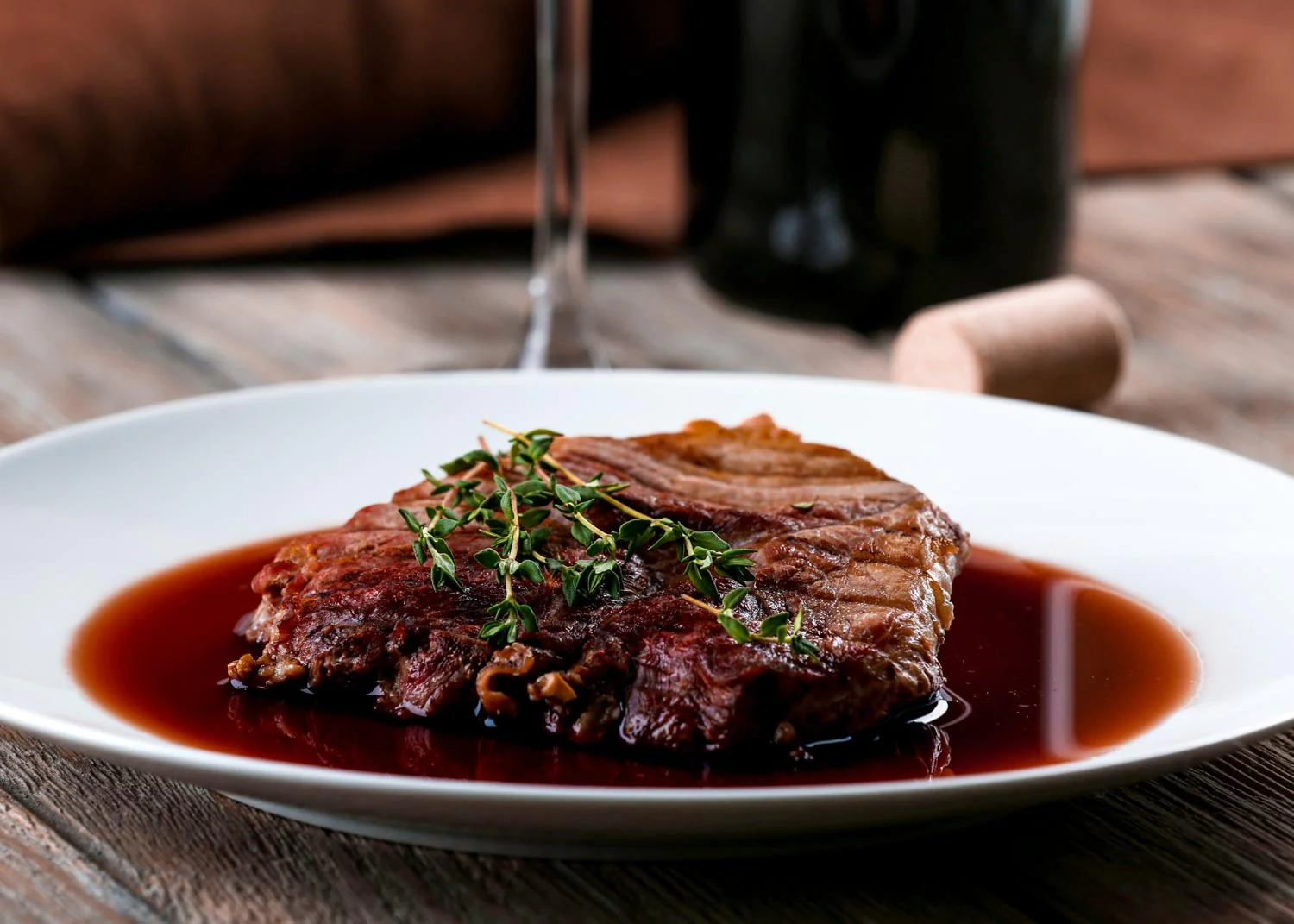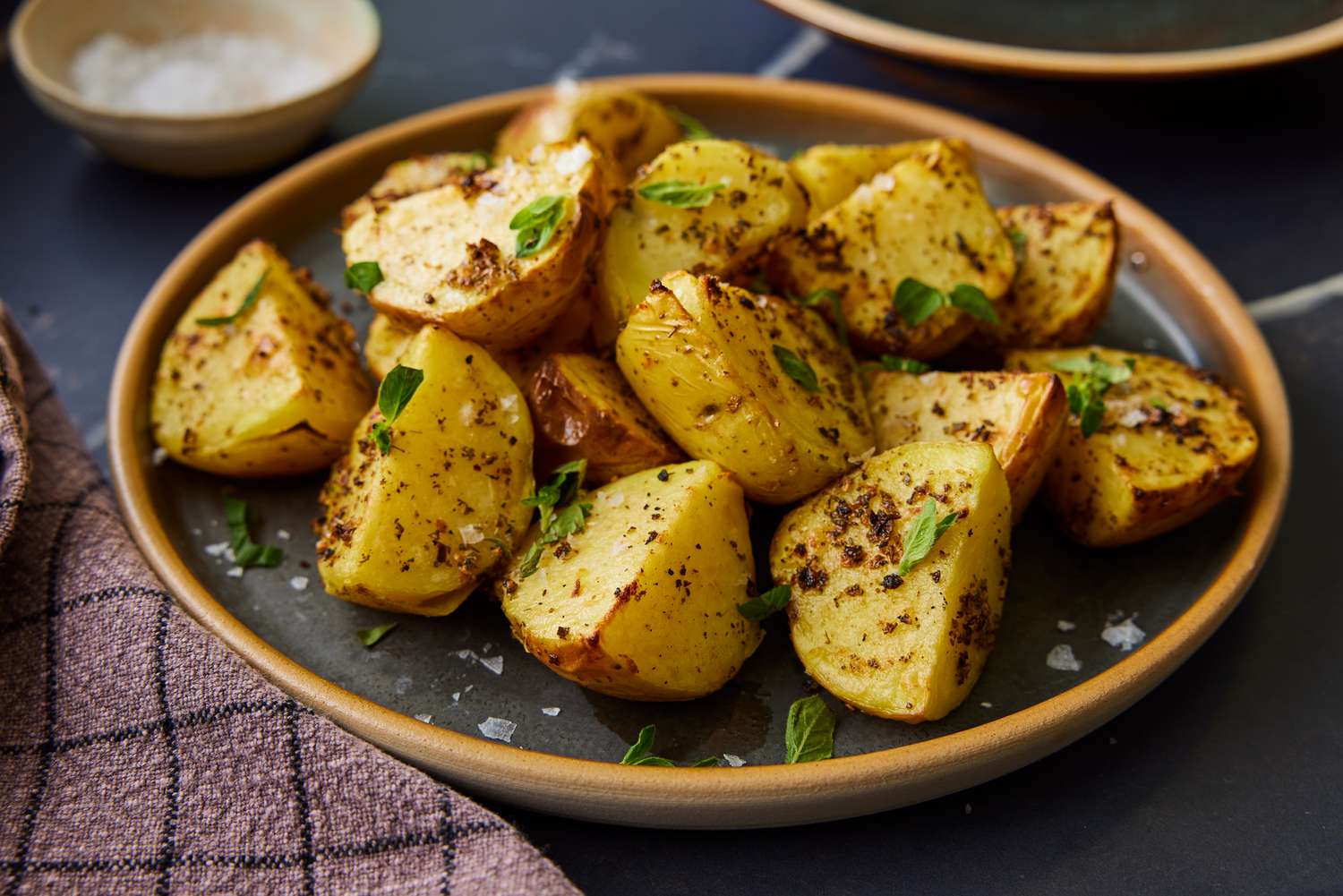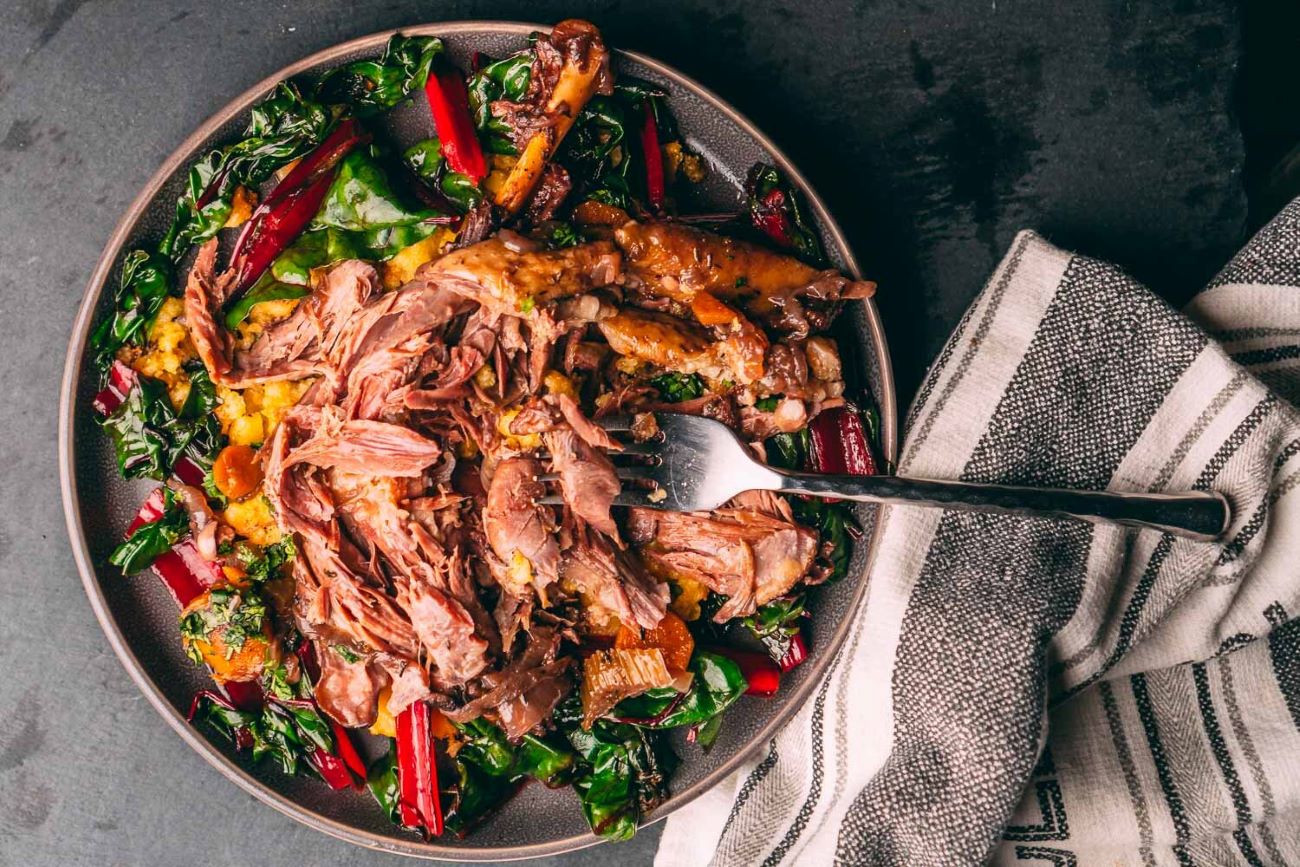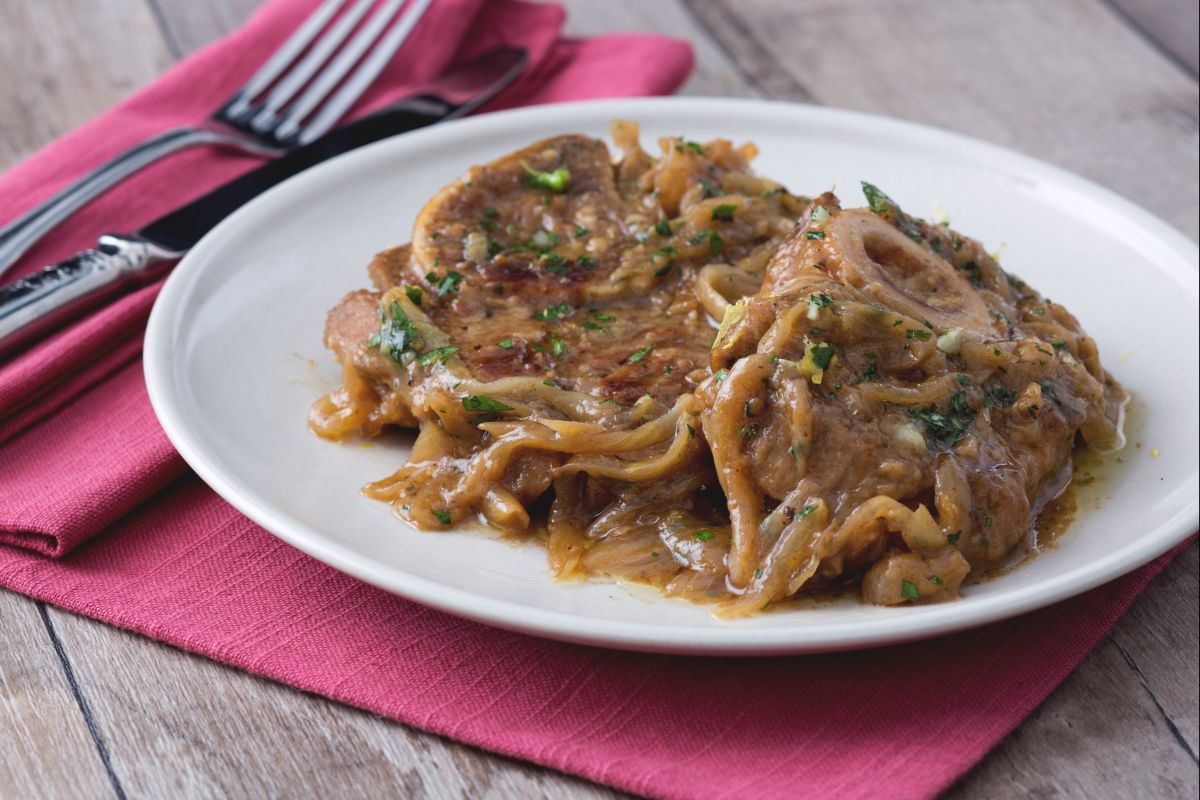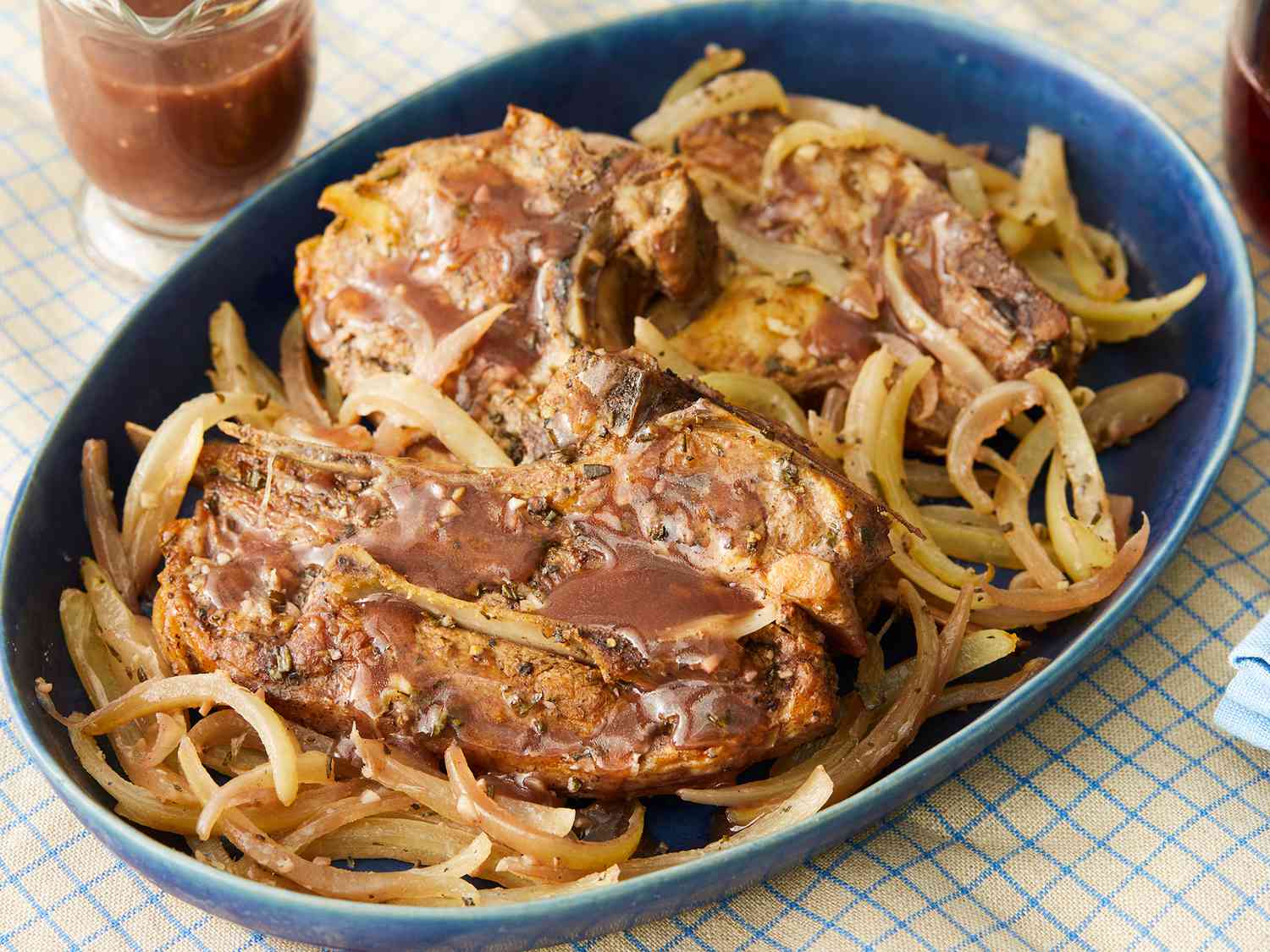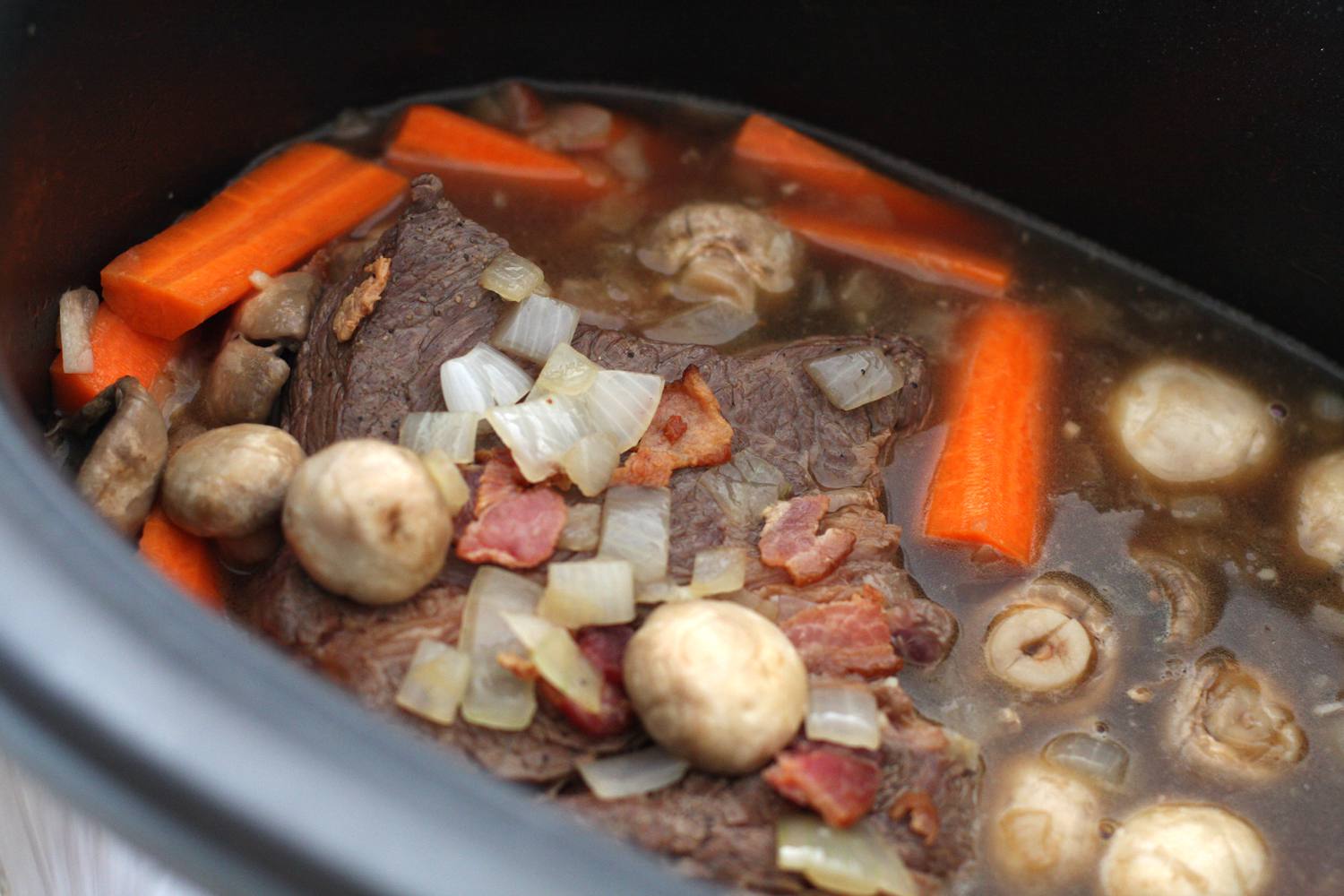What is Braising?
Braising is a cooking technique that involves searing food at a high temperature and then slowly cooking it in a covered pot with a small amount of liquid. This method is perfect for tough cuts of meat and sturdy vegetables, as it helps to tenderize and infuse them with flavor.
Choosing the Right Ingredients
When it comes to braising, you can braise everything from beef and pork to chicken and even vegetables. However, it’s important to choose the right ingredients that will benefit from this slow-cooking method. Here are some popular options:
- Beef short ribs
- Pork shoulder
- Chicken thighs
- Carrots
- Onions
- Celery
Preparing for Braising
Before you start braising, it’s essential to properly prepare your ingredients. This may involve seasoning and searing your meat or chopping and sautéing your vegetables. The goal is to develop flavor and create a rich base for the braising liquid to work its magic.
The Braising Process
Now that your ingredients are prepped, it’s time to start the braising process. Follow these steps to achieve delicious, tender results:
- Sear the meat: Heat some oil in a heavy pot and brown the meat on all sides. This step adds flavor and helps to seal in the juices.
- Add aromatics: Once the meat is seared, remove it from the pot and sauté onions, carrots, and celery to create a flavorful base.
- Return the meat to the pot: Nestle the meat back into the pot with the aromatics.
- Add liquid: Pour in enough liquid (such as broth, wine, or tomatoes) to partially submerge the meat and vegetables.
- Cover and simmer: Bring the liquid to a simmer, then cover the pot and transfer it to the oven. Let it cook low and slow until the meat is fork-tender.
Experimenting with Flavors
One of the great things about braising is that it allows you to experiment with different flavors and seasonings. Whether you prefer a classic combination of garlic and thyme or want to add a bit of heat with some chili peppers, the braising method can accommodate a wide range of tastes.
Enjoying the Fruits of Your Labor
Once your braise is complete, you’ll be rewarded with tender, flavorful dishes that are perfect for a cozy dinner at home. Whether you’re serving up a hearty beef stew or a comforting braised chicken dish, the results of your braising efforts are sure to impress.
Conclusion
Braising is a versatile and rewarding cooking technique that can be applied to a wide variety of ingredients. By following the steps outlined above and experimenting with different flavors, you can braise everything from meat to vegetables with delicious results. So, roll up your sleeves, grab a pot, and start braising your way to flavorful, tender perfection!
